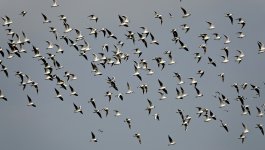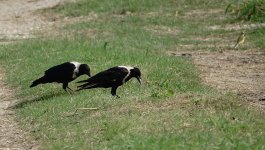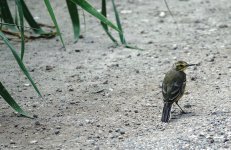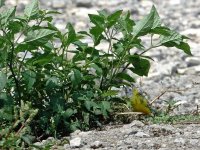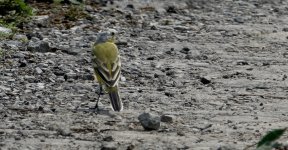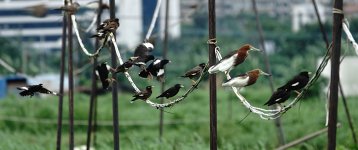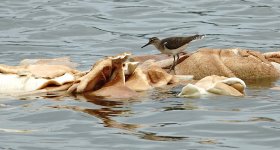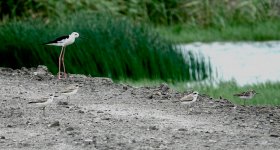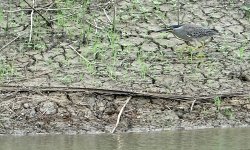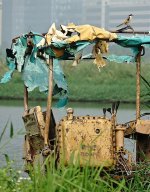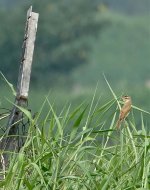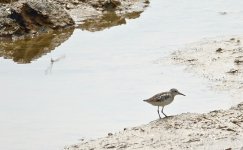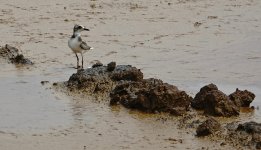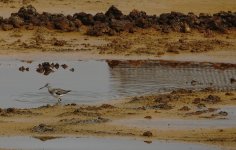...and we're back! the beginning of autumn migration
Apologies for the long break, which has partly been down to the arrival of summer, partly to a couple of work trips (
Helsinki in April and
Lima in May) and a wonderful holiday in Australia (
Cairns and Darwin), and partly to somehow never getting round to writing up a couple of very good April days.
But before any of those, yesterday was the day I decided summer was over and it was time for the autumn migration to begin.
The first typhoon of the year passed close enough to Hong Kong to raise the No 8 signal on Wednesday. The tail end of it carried strong enough winds and rain to have water running freely in through one poorly sealed window on Thursday - the downside of an east-facing seaview from the top of a high rise building! There were still bands of rain about on Saturday, plus a fresh easterly and overcast skies - leading me to hope that San Tin a) might have a few migrants, and b) not be unbearably hot. the Hong Kong Observatory has a wonderful rainfall radar on its website which enabled me to time my visit for the gaps in the clouds, but meant I started relatively late - around 1030.
Unsurprising for mid-summer there were lots of young birds about with the typical bread-scavenging
Crested and Common Mynas and
Tree Sparrows along the first bund, the usual spread of ardeids, including eight or ten unusually active
Black-crowned Night Herons and few
leucopsis White Wagtails,
Spotted and Collared Doves, three juvenile
Collared Crows and a couple of scruffy-looking
Azure-winged Magpies.
Apart from the crows there was plenty of signs of breeding success. parties of
Tree Sparrows, Crested and Common Mynas and Black-necked Starlings were all teaching the next generation how to scoff bread,
Little Grebes on different ponds had fully fledged youngsters, stripy-headed babies and an active nest, while a begging
Long-tailed Shrike was typically querulous and three or four
White-shouldered Starlings, presumably from the nest boxes in the nature reserve - seemed especially clumsy and vulnerable.
My first migrant - a
Common Sandpiper - had decided that a floating platform of stale bread was a much better use for the term bread barge than the genteel piece of tableware it more usually describes.
The real quality came in the shape of two juvenile
Common Terns - a patch tick and the first I have ever seen away from the sea in Hong Kong. The were hunting over one of the ponds and doing a regular circuit, making them one of the easier birds to photograph in flight. Longer-winged and more deeply forked in the tail than the more expected marsh terns, the photos also enabled me to make sure neither was either Aleutian or Roseate Terns. The race of Common Tern we have here is
longipennis, which is easily distinguished from the nominate
hirundo subspecies found in Europe by its all-black bill. To add to the confusion on tern ID our locally breeding Roseates have a red bill rather than the black bill of European birds.
My main target of the day was migrant waders, but with the heavy rain filling many ponds there were not many drained ponds about, and I had to cover a fair bit of ground to come up with a humble eight species.
Little Ringed Plovers and
Black-winged Stilts breed either on-site or very close-by, and one pair of stilts had four juveniles - easily identified by their brown-scalloped wings. Of the rest
Wood Sandpipers - at about 20 were the most abundant, with six
Common Sandpipers, four
Greenshanks, three
Greater Sandplovers and singleton
Common Redshank and Green Sandpiper completing the set.
Other good birds were either two or three
Yellow Bitterns, which breed on-site, and another patch tick - a fine
Striated Heron - is a bird that I occasionally see after heavy rain.
All told I managed 46 species in in about 2.5 hours, which is a decent return in one of the quietest months of the year. Its good to be back.
Cheers
Mike



